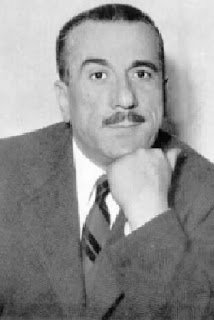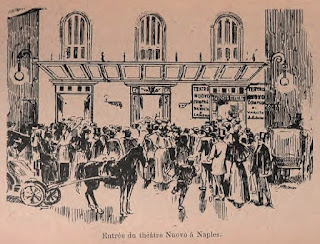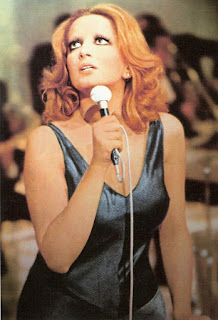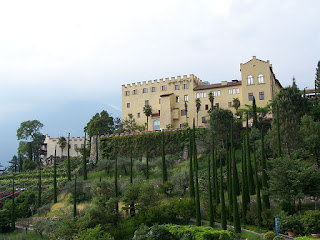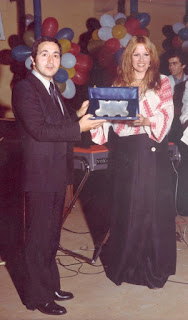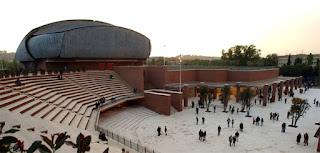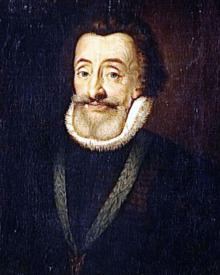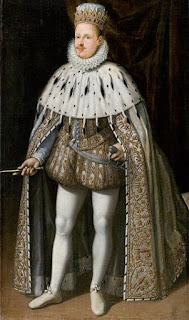Scientist unveiled new instrument to Doge of Venice
 |
| How the Milanese artist Giuseppe Bertini imagined the scene as Galileo demonstrated his telescope to the Doge |
The 90th Doge, Leonardo Donato, and other members of the Venetian senate accompanied Galileo to the top of the campanile of St Mark’s Basilica, where each took it in turn to look through the instrument.
The meeting had been arranged by Galileo’s friend, Paolo Sarpi, who was a scientist, lawyer and statesman employed by the Venetian government. The two were both professors at the University of Padua.
Galileo, whose knowledge of the universe led him to be called the ‘father of observational astronomy’, was for many years wrongly credited with the invention of the telescope when in fact the first to apply for a patent for the device was a Dutch eyeglass maker named Hans Lippershey.
However, Galileo’s work using uncertain details of Lippershey’s design certainly took the idea to a different level.
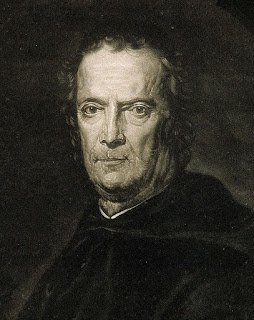 |
| Like Galileo, Paolo Sarpi was a professor at the University of Padua |
The one he demonstrated on August 25, 1609, is thought to have had a factor of about eight or nine.
Galileo was the first to realise the potential of the telescope for astronomical study.
He was able to make out mountains and craters on the moon, as well as a ribbon of diffuse light arching across the sky — the Milky Way. Galileo also discovered the rings of Saturn, sunspots and four of Jupiter's moons.
It was his findings on Jupiter’s moons in January 1610 that would lead him indirectly into trouble with the Roman Inquisition over his belief in heliocentrism, the concept that the sun and not the Earth was the centre of the solar system, as had been theorised by the Polish scientist Nicolaus Copernicus in the previous century.
In observing the three objects in proximity to the planet Jupiter that he had originally thought to be distant stars, he noticed that their position relative to the planet changed in a way that would have been inexplicable if they had really been fixed stars.
One day he noticed that one of them had disappeared altogether only to reappear later and within a few days had concluded that they were orbiting Jupiter. When, later in the year, he discovered that the planet Venus had ‘phases’ similar to the earth’s Moon, when differences in appearance suggested different positions in the sky, he began to subscribe firmly to the Copernican theory.
This flew in the face of a major part of Roman Catholic belief, based on the Aristotelian principle that all heavenly bodies orbited the Earth.
In time, Galileo was found guilty of heresy and forced to recant his views under threat of torture. He would have spend the last years of his life in prison had the court not shown some clemency and commuted his sentence to house arrest.
 |
| The campanile of St Mark's is a famous landmark in Venice, towering over the basilica |
The Campanile of St Mark’s has become one of the symbols of Venice, instantly recognisable as part of the landscape of St Mark’s Square - Piazza San Marco - standing away from the basilica itself. Constructed in the ninth century, one of its first uses was a watchtower or lighthouse. Over the centuries it has been restored and added to several times, often following regular lightning strikes. It assumed its definitive shape in the 16th century with restorations made to repair damage caused by the earthquake of March 1511, when the belfry, attic and spire were added. The whole structure collapsed in 1902, a few days after a large crack appeared in the north wall, it is thought because of erosion of the foundations after almost 1,000 years, but was rebuilt over the following 10 years.
Travel tip:
Galileo lived under house arrest was Villa Gioella, a house he rented a couple of miles from the from the centre of Florence in the Arcetri hills. In Galileo’s time it was a farmhouse, surrounded by many acres of land. The area is also home to the Arcetri Observatory, which was opened in 1872 after astronomers at La Specola Observatory, not far from the Pitti Palace, decided that pollution from artificial light was making clear images impossible.
More reading:
The father of modern science
Galileo Galilei convicted of heresy
How Niccolò Zucchi discovered the 'belts' around Jupiter
Also on this day:
The Feast Day of Saint Patricia of Naples
79AD: Vesuvius erupts
Home
